Crime statistics from the 1980s still haunt New York’s reputation in guidebooks and online forums, creating unnecessary anxiety about neighborhoods that have transformed dramatically over the past three decades. Many areas that tourists actively avoid now host trendy restaurants, boutique hotels, and thriving arts scenes that rival Manhattan’s most expensive districts.
The city’s remarkable transformation means that former danger zones have become some of the most interesting and authentic places to experience contemporary New York culture. Outdated perceptions prevent visitors from discovering neighborhoods where locals actually live, work, and socialize rather than performing for tourist cameras.
Here is a list of 15 New York neighborhoods tourists wrongly fear.
East Village
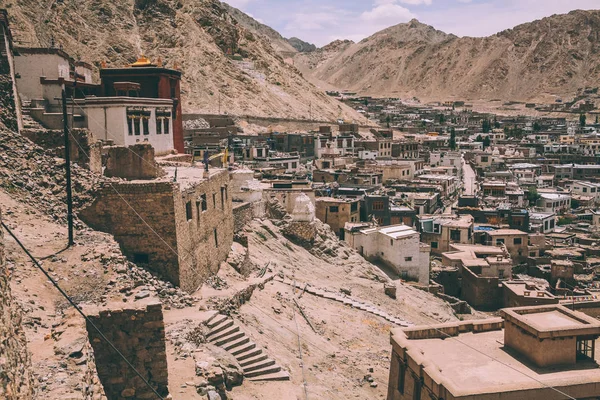
This Manhattan neighborhood still carries a reputation for danger from its punk rock past, yet today, it hosts some of the city’s best restaurants, bars, and cultural venues alongside expensive apartments that attract young professionals. The area transformed from a haven for artists and rebels into a desirable residential neighborhood where safety concerns are minimal during both day and night hours.
Tree-lined streets feature Victorian-era buildings converted into trendy boutiques, while Tompkins Square Park provides green space for families and dog walkers rather than the homeless encampments of previous decades. The restaurant scene includes everything from innovative cocktail bars to authentic ethnic eateries that draw food enthusiasts from across the city.
Williamsburg
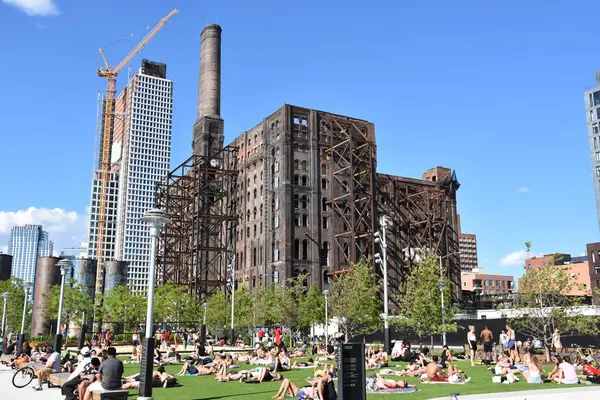
Brooklyn’s most famous neighborhood suffered from industrial decline for decades, but gentrification has created one of New York’s safest and most culturally vibrant areas. The waterfront provides stunning Manhattan views and recreational opportunities while converted warehouses house art galleries, music venues, and tech companies that transformed the local economy.
Young professionals and families populate streets that were once considered dangerous, creating a thriving community with excellent schools, parks, and cultural amenities. The area’s transformation is so complete that real estate prices now rival Manhattan’s most expensive neighborhoods.
Like Travel Pug’s content? Follow us on MSN.
Long Island City
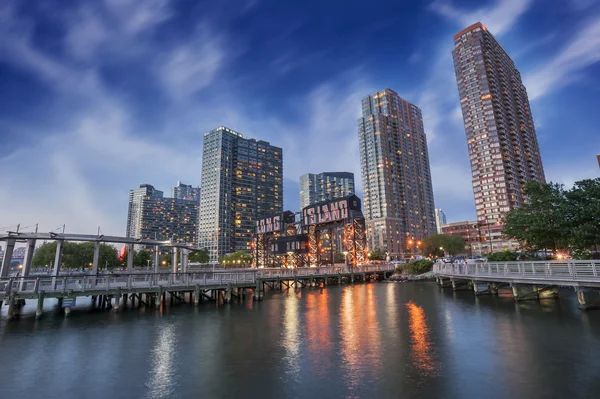
Queens’ rapid development over the past decade transformed this former industrial area into a residential and cultural destination with modern high-rise buildings and world-class museums. The Museum of the Moving Image, Socrates Sculpture Park, and numerous art galleries create a cultural district that attracts visitors from across the metropolitan area.
The neighborhood provides easy Manhattan access via multiple subway lines while offering more affordable housing and dining options than comparable areas across the river. The waterfront development includes parks, recreational facilities, and restaurants that showcase the area’s evolution from an industrial wasteland to a desirable residential community.
Bushwick

This Brooklyn neighborhood’s artistic renaissance transformed former industrial buildings into studios, galleries, and creative spaces that rival Chelsea’s established art scene. The area attracts young artists, musicians, and creative professionals who can afford larger living spaces than Manhattan options while maintaining easy access to cultural opportunities.
Street art covers building walls throughout the neighborhood, creating an outdoor gallery atmosphere that draws photography enthusiasts and cultural tourists. The restaurant and nightlife scene includes innovative establishments that experiment with cuisine and entertainment formats impossible in higher-rent districts.
Harlem

Media coverage still emphasizes this Manhattan neighborhood’s challenging past while overlooking its current status as a thriving cultural center with excellent restaurants, historic architecture, and active community life. The Apollo Theater, Marcus Garvey Park, and numerous jazz venues maintain the area’s cultural heritage while new businesses and residential developments attract diverse residents from across the city.
The Sunday gospel services, soul food restaurants, and historic brownstones provide authentic New York experiences that tourists often miss due to outdated safety concerns. The neighborhood’s renaissance includes both the preservation of cultural traditions and modern amenities that make it one of Manhattan’s most interesting residential areas.
Like Travel Pug’s content? Follow us on MSN.
Red Hook
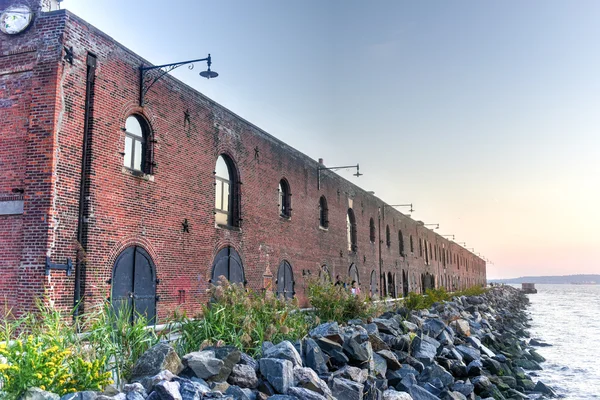
Brooklyn’s waterfront location and cobblestone streets create a village-like atmosphere that feels removed from urban chaos, yet many visitors avoid this area due to misconceptions about safety and accessibility. The neighborhood hosts excellent restaurants, art galleries, and the popular weekend markets and local shops while maintaining an authentic working-class character that’s disappearing from other gentrified areas.
The waterfront provides spectacular harbor views and recreational opportunities, including kayaking, cycling, and waterfront dining that rival more expensive Manhattan options. The area’s isolation contributes to its safety, as the tight-knit community maintains strong social connections and mutual support systems.
Crown Heights

This Brooklyn neighborhood’s diverse population includes Caribbean immigrants, Orthodox Jewish families, and young professionals who create a vibrant multicultural community that challenges stereotypes about urban conflict. The Caribbean culture influences local restaurants, music venues, and annual festivals that celebrate the area’s rich cultural heritage, while new businesses and residential developments attract residents seeking affordable alternatives to more expensive neighborhoods.
The tree-lined residential streets feature beautiful pre-war apartment buildings and single-family homes that provide excellent value compared to similar housing in Manhattan or northwestern Brooklyn. The area’s cultural diversity creates an authentic New York experience that tourist-focused neighborhoods can’t replicate.
Sunset Park
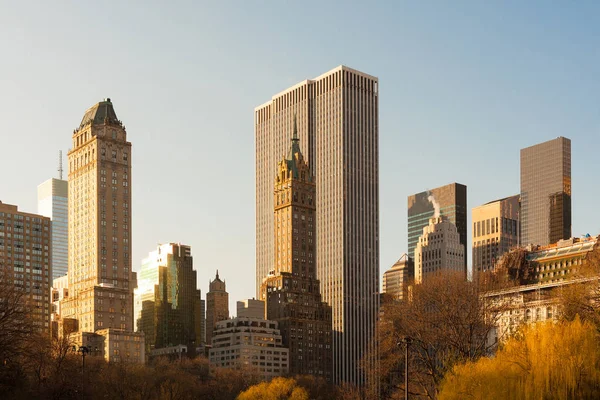
Brooklyn’s largest Chinatown exists in this neighborhood that most tourists never visit, missing excellent authentic cuisine and cultural experiences while avoiding an area that’s perfectly safe for exploration. The 72nd Street corridor features restaurants, markets, and cultural institutions that serve both Chinese and Latino communities, creating a multicultural atmosphere that reflects contemporary immigration patterns.
The neighborhood’s proximity to Green-Wood Cemetery and Industry City provides recreational and cultural opportunities, while the elevated subway platforms offer spectacular harbor and skyline views. The area’s working-class character and affordable dining options provide authentic New York experiences without tourist markups or artificial atmospheres.
Like Travel Pug’s content? Follow us on MSN.
Jackson Heights
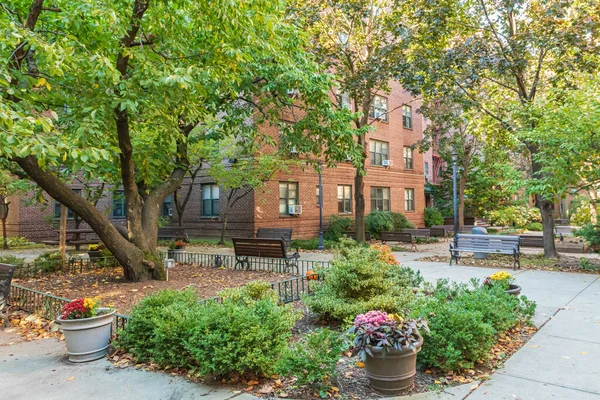
Queens’ most diverse neighborhood hosts communities from dozens of countries, creating a cultural mosaic that includes some of the city’s best ethnic restaurants and markets alongside safe, family-friendly residential streets. The area’s reputation for danger stems from outdated perceptions rather than current reality, as the neighborhood now attracts food tourists and cultural enthusiasts seeking authentic international experiences.
The Roosevelt Avenue corridor features restaurants, shops, and cultural institutions representing South Asian, Latin American, and Southeast Asian communities that showcase New York’s global character. The tree-lined residential streets provide a suburban feel within city limits, while excellent transportation connections make Manhattan easily accessible.
Chinatown

Tourist guidebooks often warn about crowded conditions and potential scams in Manhattan’s Chinatown, but the neighborhood provides some of the city’s safest and most authentic cultural experiences for visitors willing to explore beyond Canal Street’s souvenir shops. The area’s narrow streets and traditional architecture create an immersive cultural environment where Mandarin and Cantonese conversations fill the air while restaurants serve authentic regional Chinese cuisine at prices that shame Midtown establishments.
The neighborhood’s community-oriented culture means that locals look out for visitors and each other, creating a safer environment than many tourist-focused areas where predatory businesses target unwary travelers. The morning tai chi sessions in Columbus Park and weekend family gatherings create authentic community experiences that showcase immigrant culture at its most genuine.
Washington Heights
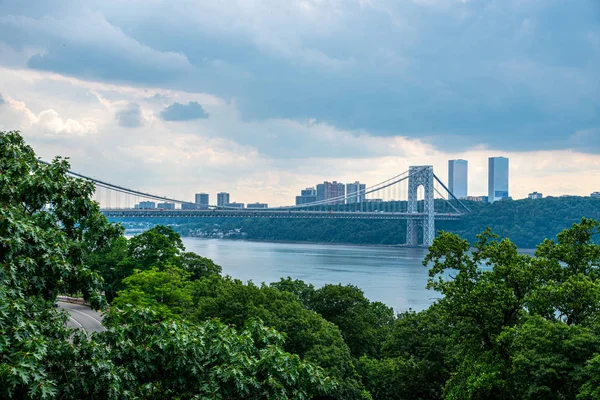
This Manhattan neighborhood’s hilltop location provides spectacular river views and park access while maintaining a strong Dominican cultural identity that creates vibrant street life and excellent restaurants. The area’s distance from tourist centers contributes to outdated safety perceptions, yet the neighborhood now attracts families and young professionals seeking affordable Manhattan housing with authentic cultural experiences.
Fort Tryon Park and The Cloisters Museum provide world-class cultural and recreational opportunities, while the commercial corridors feature restaurants, shops, and entertainment venues that serve both residents and cultural tourists. The area’s strong community identity creates social support systems that enhance safety while preserving cultural traditions that disappeared from more gentrified neighborhoods.
Like Travel Pug’s content? Follow us on MSN.
Astoria
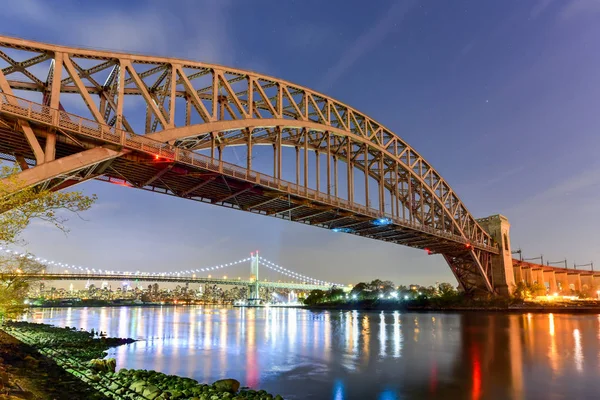
Queens’ Greek heritage created a cultural foundation for this neighborhood that now hosts diverse immigrant communities alongside young professionals seeking affordable alternatives to Manhattan living. The area features excellent restaurants representing cuisines from around the world, while tree-lined residential streets provide a suburban atmosphere within city limits that attracts families and long-term residents.
The neighborhood’s proximity to LaGuardia Airport concerns some visitors, but the area itself remains safe and culturally vibrant, with numerous parks, cultural institutions, and entertainment venues. The Museum of the Moving Image, Socrates Sculpture Park, and numerous music venues create cultural opportunities that rival more expensive neighborhoods while maintaining authentic community character.
Bed-Stuy

Bedford-Stuyvesant’s historic brownstones and tree-lined streets showcase some of Brooklyn’s most beautiful residential architecture, yet outdated perceptions prevent many tourists from exploring this culturally rich neighborhood. The area’s African-American heritage creates a strong cultural foundation that includes excellent soul food restaurants, jazz venues, and cultural institutions that preserve and celebrate Black history and contemporary culture.
The neighborhood’s gentrification has improved safety and amenities, while community activism works to preserve affordable housing and local businesses that serve long-term residents. The area’s cultural authenticity and architectural beauty provide experiences that tourist-focused neighborhoods can’t replicate, while excellent transportation connections make other parts of the city easily accessible.
Inwood
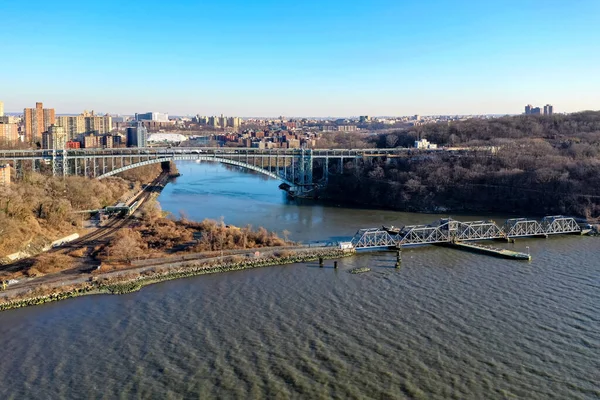
Manhattan’s northernmost neighborhood maintains a village-like atmosphere with excellent parks, affordable restaurants, and a strong community identity that creates one of the city’s safest residential environments. Inwood Hill Park contains the last old-growth forest in Manhattan, along with recreational facilities and waterfront access that provide outdoor experiences impossible in more densely developed areas.
The neighborhood’s Dominican and Irish cultural heritage creates diverse dining and entertainment options, while the distance from tourist areas means that local businesses serve community needs rather than visitor expectations. The area’s affordable housing and family-friendly atmosphere attract long-term residents who maintain strong community connections and mutual support systems.
Like Travel Pug’s content? Follow us on MSN.
Far Rockaway
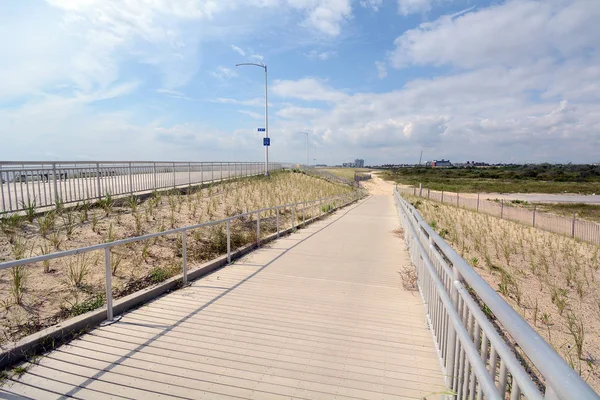
Queens’ beachfront location provides ocean access and recreational opportunities that most tourists associate with expensive resort destinations, yet the neighborhood remains overlooked due to misconceptions about safety and accessibility. The beach culture creates a relaxed atmosphere during summer months, while year-round residents maintain community connections that enhance neighborhood safety and social support systems.
Recent development includes new restaurants, cultural venues, and recreational facilities that improve local amenities while preserving the area’s authentic working-class character. The neighborhood’s distance from Manhattan creates transportation challenges, but visitors willing to make the journey discover authentic beach culture and community life that gentrified areas have lost.
Where Real New Yorkers Live
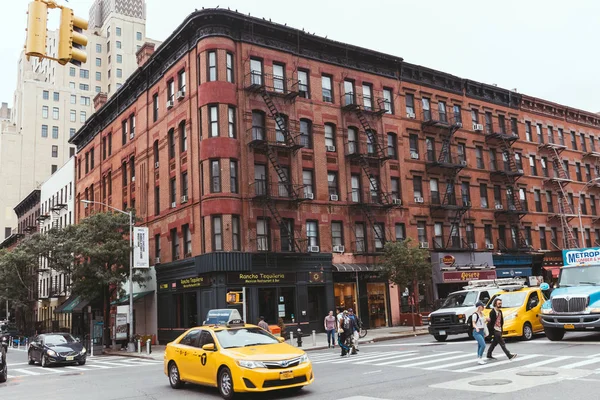
These neighborhoods represent authentic New York life rather than tourist-oriented experiences, offering visitors chances to see how the city’s diverse communities actually function beyond guidebook stereotypes. The transformation of formerly dangerous areas into thriving residential communities demonstrates New York’s remarkable ability to reinvent itself while preserving cultural diversity and community character.
Safety concerns that prevent tourists from exploring these areas often reflect outdated information rather than current conditions, meaning visitors miss opportunities to experience the city’s most genuine cultural expressions. Understanding neighborhood realities rather than relying on outdated reputations opens up authentic New York experiences that reveal why millions of people choose to make this challenging city their home.
More from Travel Pug

- 20 Best Beach Towns in the Carolinas
- 13 Destinations Where Tourists Regularly Regret Their Trip
- 20 Things You Actually Get in First Class
- 20 Small Airports With Aviation Museums
- 20 Places in the U.S. That Are Perfect for a Reset Trip
Like Travel Pug’s content? Follow us on MSN.
